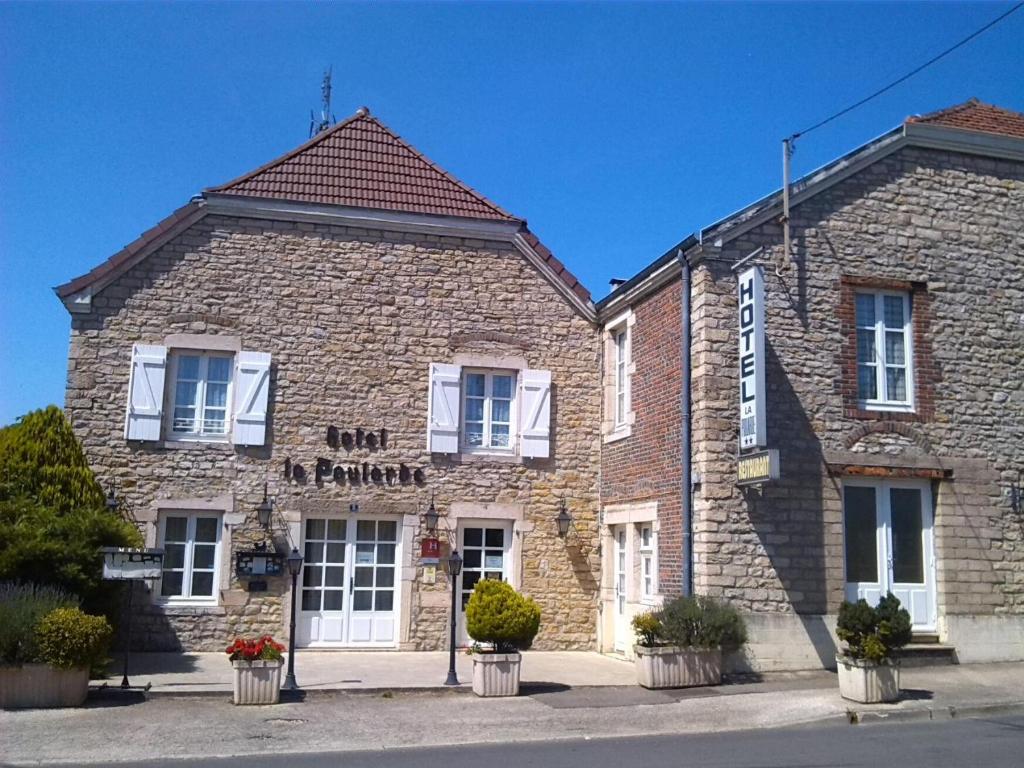Haute-Saône
WELCOME TO Haute-Saône
Entry Into Department
Vesoul
5,360 km2
238,000
French
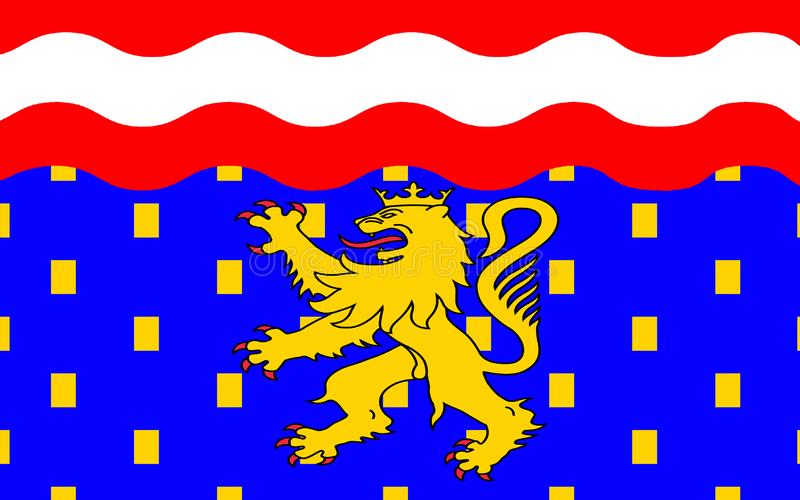
Popular
Geography and Tourist Attractions
Information about the canton's tourist attractions, including popular destinations, events, and activities.
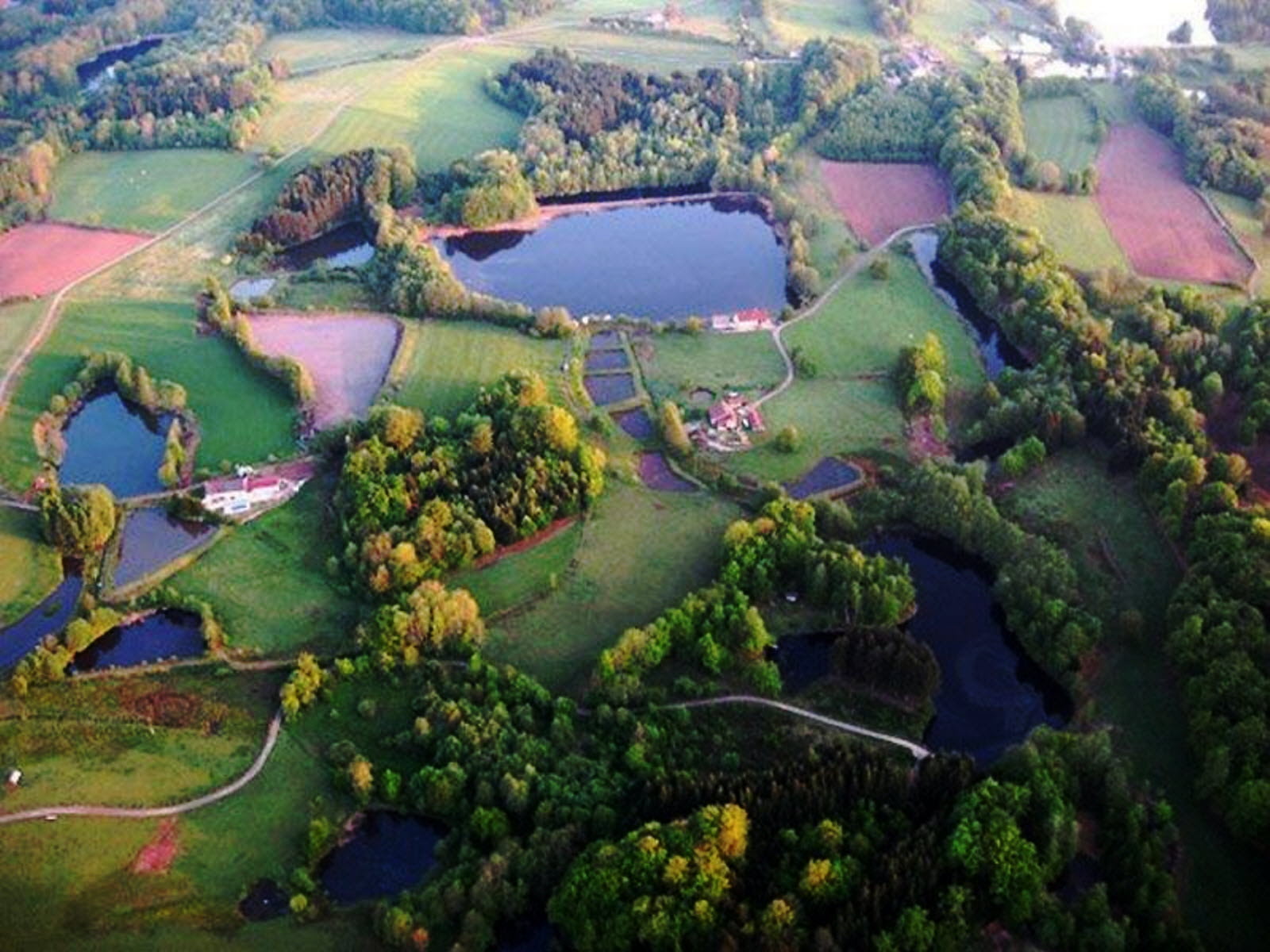
Plateau des Milles Étangs
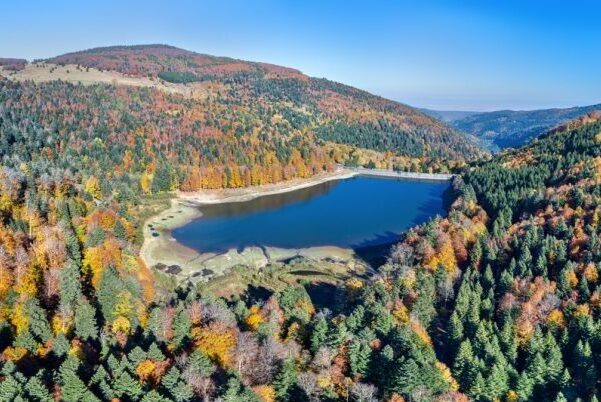
Vosges Mountains Regional Natural Park

Chateau de Ray-sur-Saône
Political
Economy and Government
Haute-Saône is a department in the eastern part of France. The economy of the region is diverse, with agriculture, industry, and services all playing important roles. The area is known for its dairy products, including the famous Comté cheese, as well as its wine production.
The department is governed by a Prefect, who is appointed by the national government in Paris. The Prefect is responsible for implementing national policies and overseeing the administration of the department. Haute-Saône is also represented in the French National Assembly by two deputies.
The local government of Haute-Saône is led by a President of the Departmental Council, who is elected by the members of the council. The council is responsible for managing the budget of the department, providing social services, and overseeing infrastructure projects.
The department has a population of approximately 238,000 people (as of 2021) and is divided into 545 communes. The largest city and capital of the department is Vesoul, which is home to a range of businesses and industries. Other important towns in the region include Lure, Luxeuil-les-Bains, and Gray.
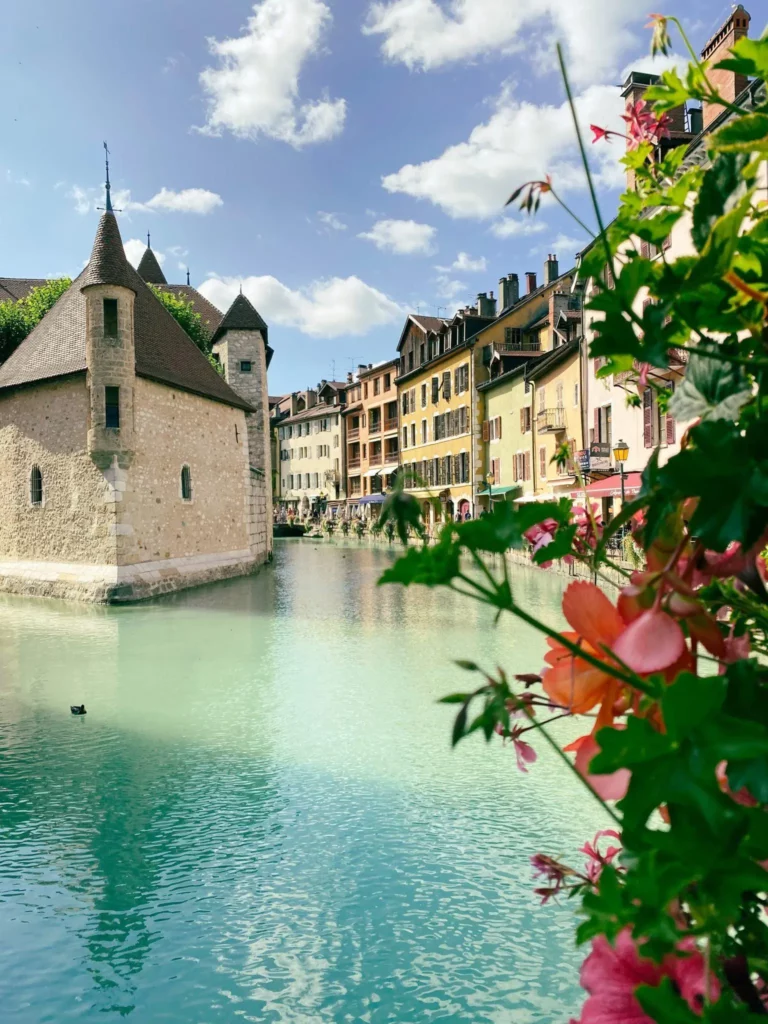
History
History and Culture
Haute-Saône has a rich history and culture, which is reflected in its many historical landmarks and traditions. The area has been inhabited since prehistoric times, and over the centuries, it has been influenced by many different cultures, including the Celts, Romans, and Franks.
During the Middle Ages, the area was divided into many small feudal territories, which were gradually united under the French crown in the 17th century. The department played an important role in the French Revolution, and many of its towns and villages were the site of key battles and events.
Today, Haute-Saône is known for its many historical landmarks, including castles, churches, and museums. The area is also home to many cultural traditions, such as folk music and dance, as well as festivals and fairs celebrating local food, wine, and crafts. The department is also famous for its cheese production, and the Comté cheese is a local specialty that is enjoyed throughout France and beyond. Overall, Haute-Saône is a region with a unique history and culture that is deeply intertwined with the wider story of France.
HOTELS
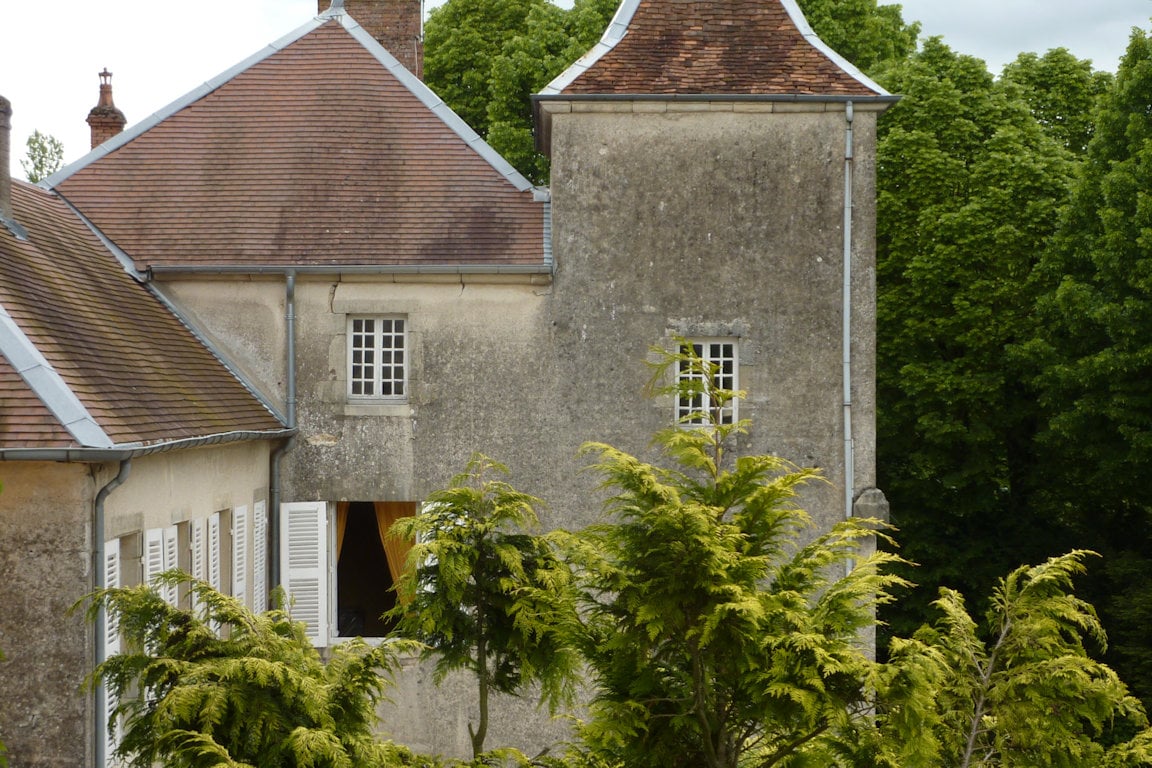
Château de la Hussardière
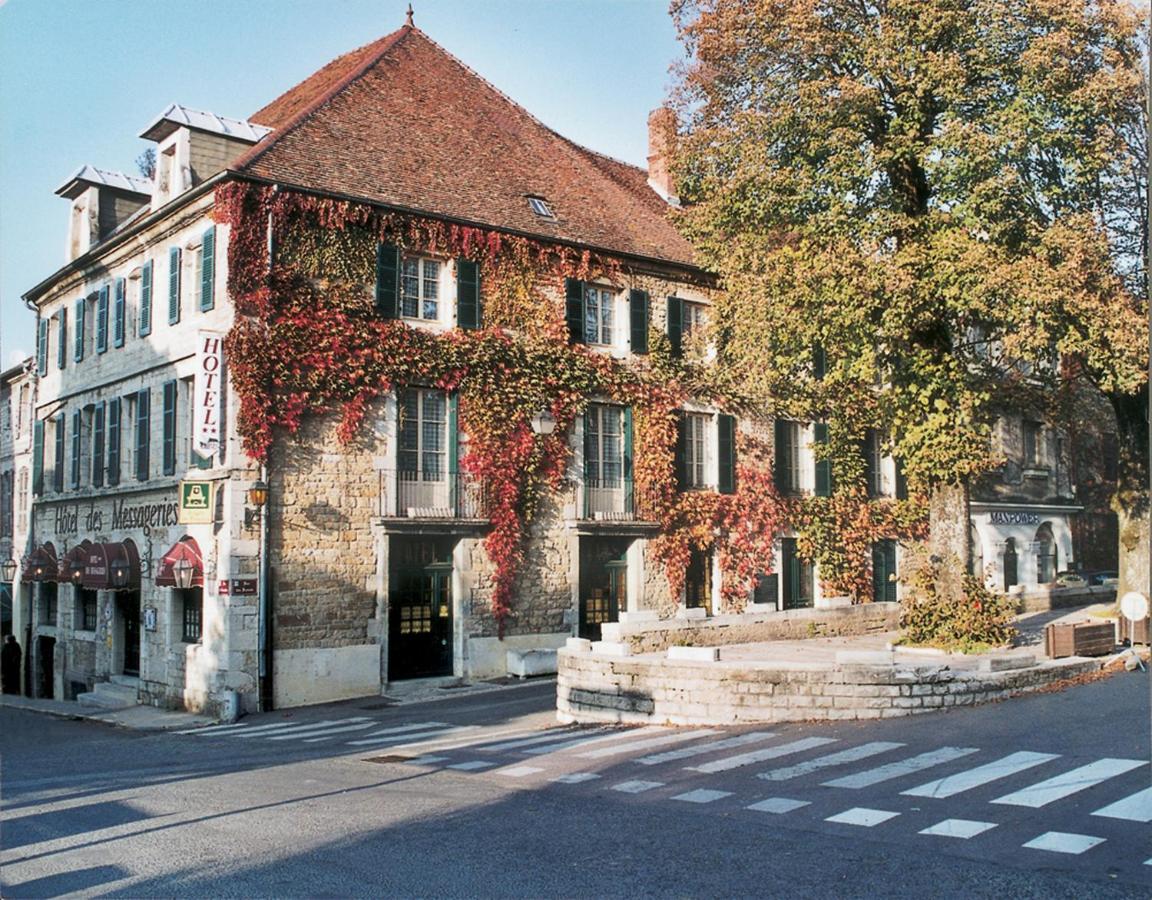
Hôtel des Messageries

Le Relais des Moines
RESTAURANTS
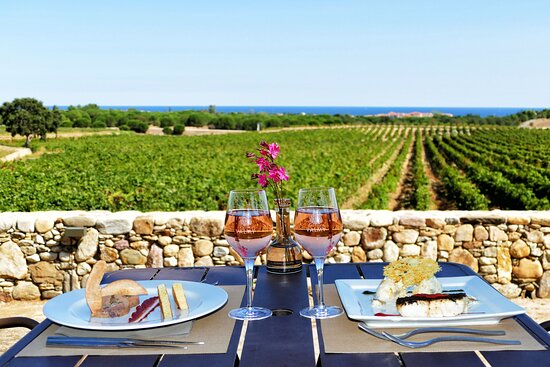
La Table de Valmy
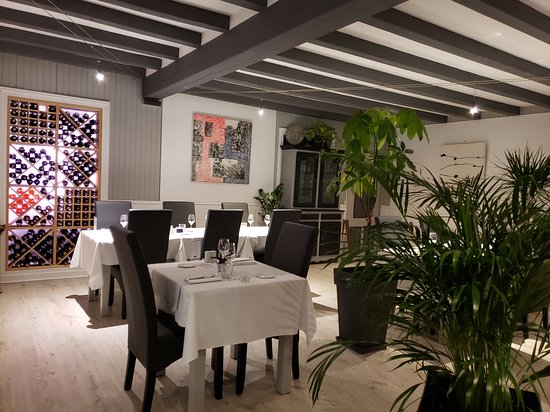
Le Jardin des Saveurs
